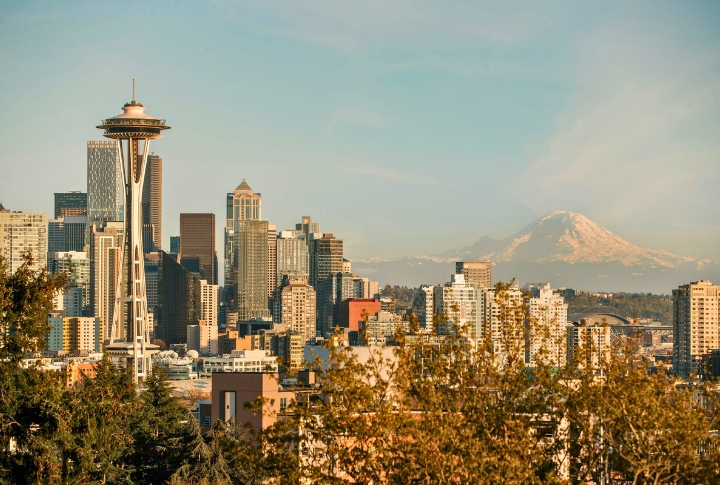
Dreaming of a city where your paycheck actually lasts past payday? You’re not alone. In some U.S. zip codes, average income means a stable life, a little fun, and a fridge full of groceries. In others? Not so much. We’ve mapped out five cities where your wallet breathes easy, followed by five spots where it barely catches a break. Let’s start with the cities that actually play nice with your paycheck.
Columbus, Ohio: $65,327
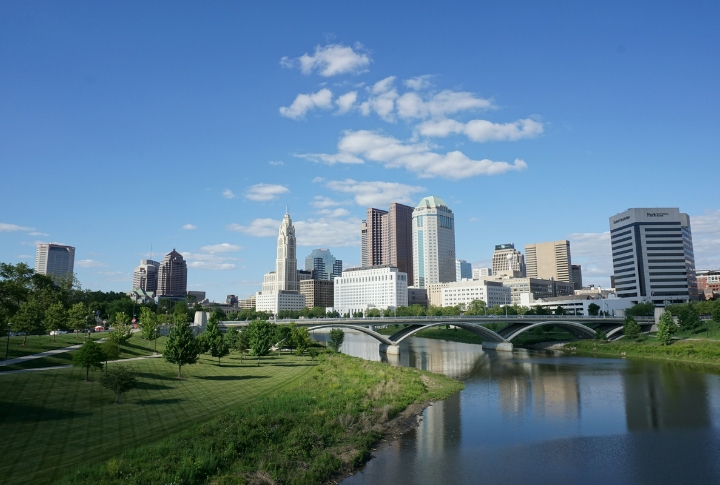
Columbus stands out for its mix of reasonable housing costs and stable employment. Jobs in sectors like healthcare and education tend to match the city’s lower cost of living. For many residents earning near the national average, this creates a sustainable path without constant pressure to stretch their income.
Des Moines, Iowa: $63,966
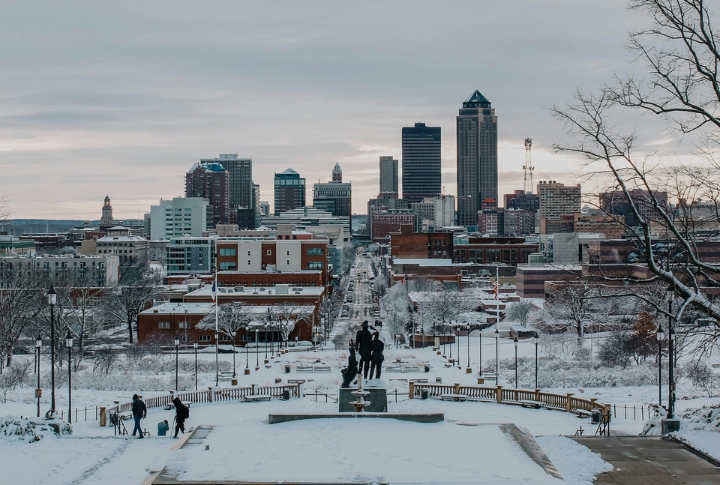
Unlike many larger cities, Des Moines keeps everyday costs within reach. The housing market and utility bills remain affordable. Plus, steady jobs in finance and insurance help mid-level earners build a routine that feels secure, so they don’t have to constantly recalculate what fits their budget.
Buffalo, New York: $48,050
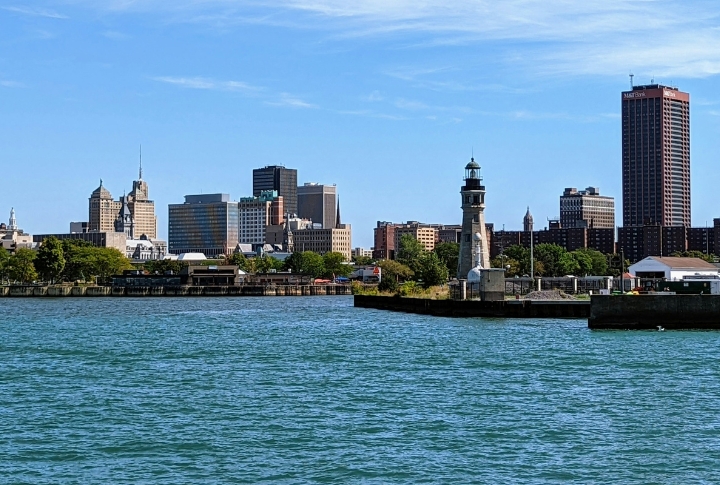
Rising job prospects and relatively low housing costs have made Buffalo more appealing to the average salaried worker. Rent and home prices often stay below national norms, allowing for more financial breathing room. Even as the city evolves, it remains one of the more manageable places to live on a median income.
Tulsa, Oklahoma: $58,407
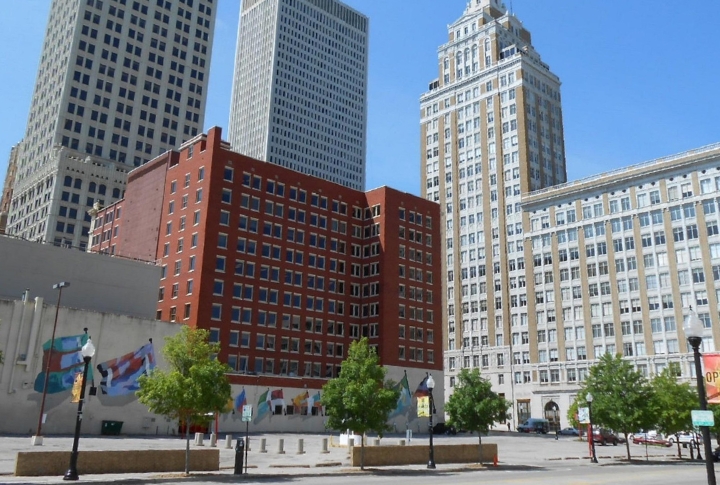
Housing in Tulsa tends to fall well within reach for the typical worker, and everyday costs like groceries and utilities rarely exceed expectations. The job market is steady, and the local economy continues to grow. This balance lets residents enjoy comfortable living while depending primarily on their main income.
Pittsburgh, Pennsylvania: $64,137
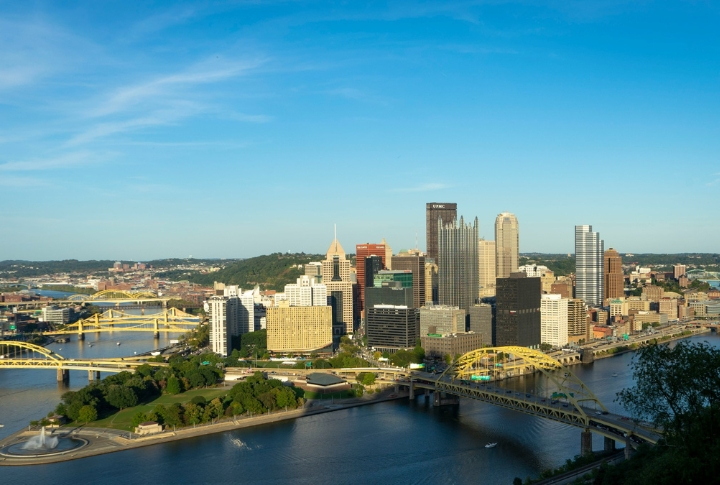
What once was a steel town is now a center for education and technology, where salaries often align with the city’s moderate costs. It means people can afford basics like housing without feeling stretched, and still live well on a typical income.
New York City, New York: $79,713
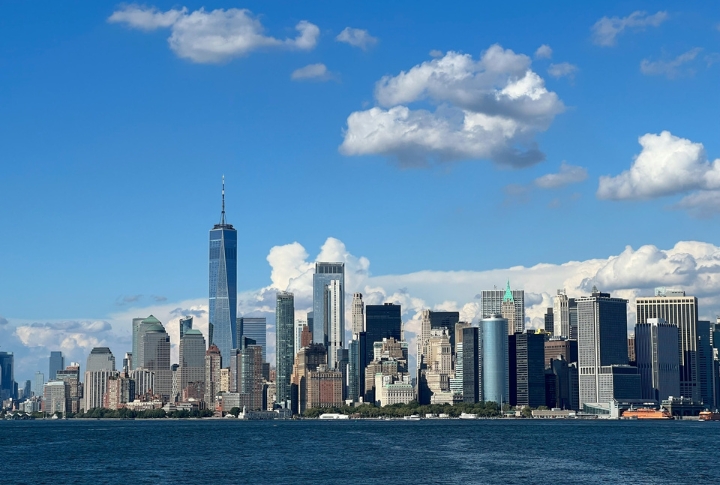
The energy of New York draws people in, but living comfortably there is another story. Rent levels are high, and daily life eats through a budget fast. Many earning a typical income either share space in cramped conditions or move far from the city’s center to make things work.
Seattle, Washington: $121,984
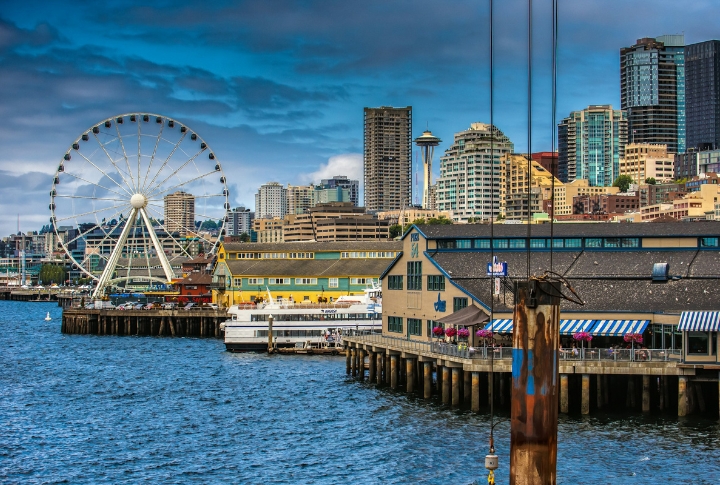
Rapid economic growth in Seattle has generated ample employment opportunities. Unfortunately, income growth has lagged behind escalating housing costs. Consequently, the once-affordable market now imposes considerable financial strain on individuals earning near the national median.
Los Angeles, California: $80,366

Los Angeles traffic moves at a snail’s pace, and wages aren’t much faster either. With housing and everyday costs climbing, a typical paycheck often falls short. Even working full-time, many people need extra income or roommates just to keep up with basic expenses.
San Francisco, California: $141,446
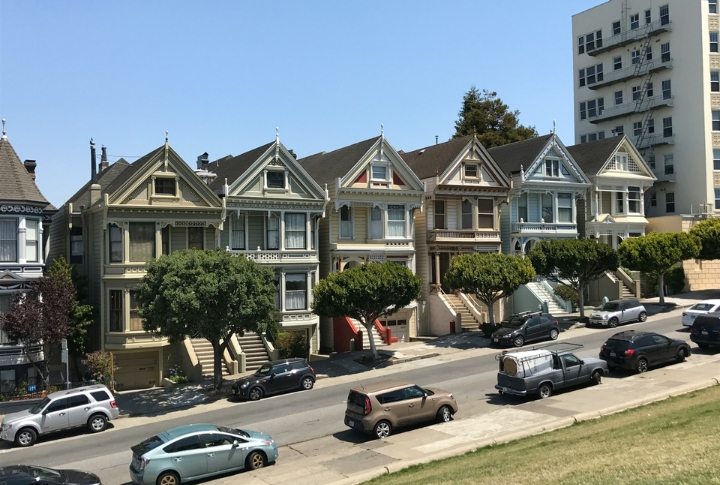
Few places illustrate the income gap more sharply than San Francisco. A small one-bedroom alone can eat up over half of what the average person earns. High-paying jobs exist, but without one, the city’s cost of living exceeds what most people can handle.
Boston, Massachusetts: $94,755
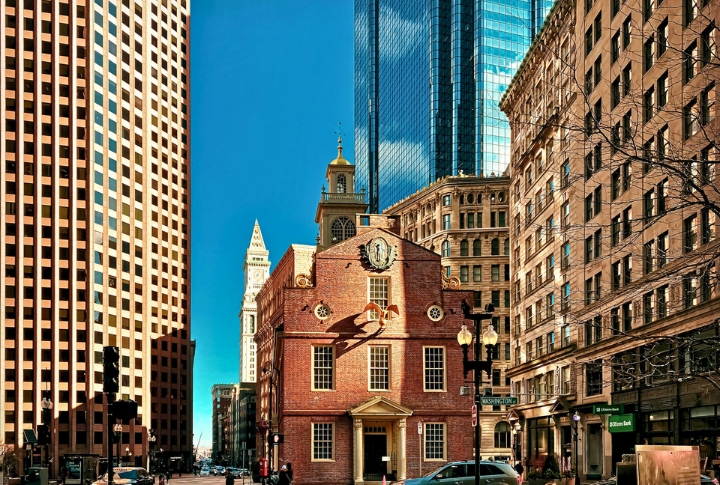
A reliable job in Boston doesn’t stretch as far as you might expect. While wages are solid—especially in healthcare and tech—prices tend to outpace pay. With living costs rising quickly, many average earners find themselves settling in nearby towns just to maintain financial balance.
